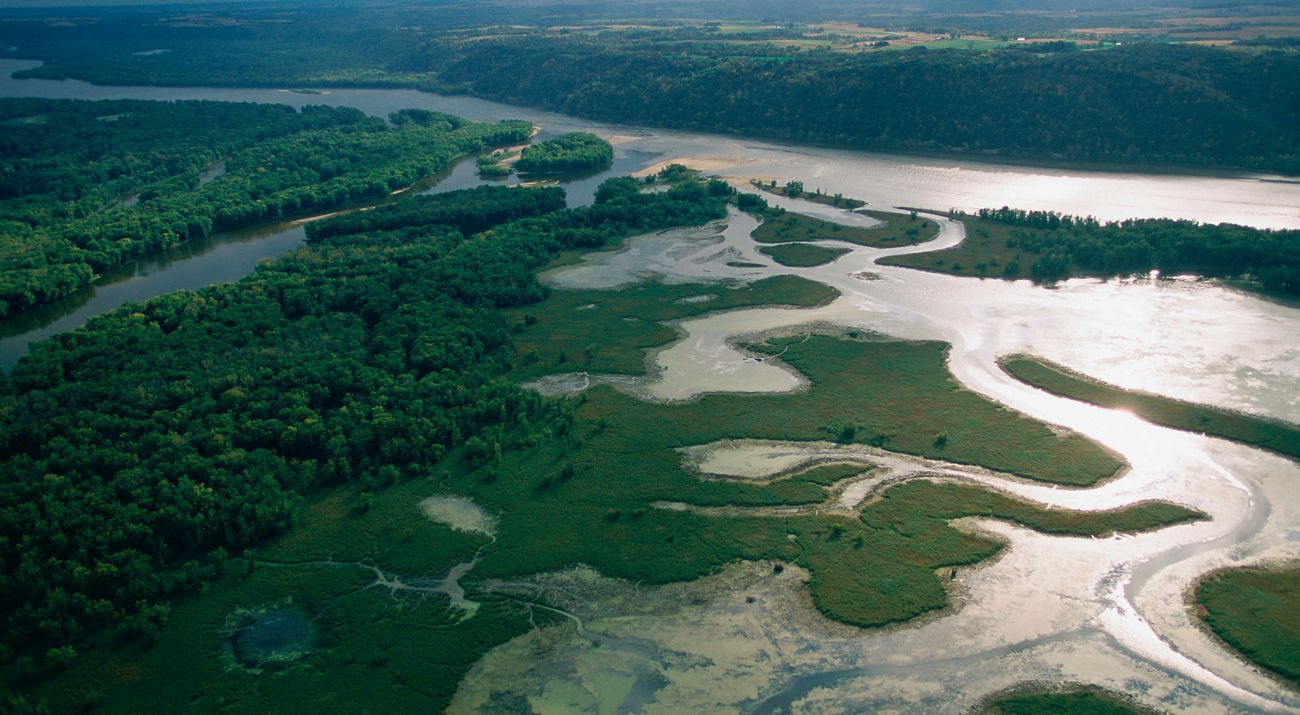Description
From the northern woods of Minnesota to Cairo, Illinois, the Upper Mississippi River is a crucial artery, sustaining many of the nation’s natural communities and its economic strength. Its extensive network of streams, floodplains, lakes and uplands provide habitat for a significant portion of the Earth’s biological diversity and comprise the largest area of contiguous freshwater wildlife habitat in the central United States.
The Mississippi River Valley is a vital migration corridor for 40 percent of North America’s waterfowl and 60 percent of its bird species. Freshwater habitats in the Upper Mississippi River basin support 25 percent of all fish species in North America, including the paddlefish, a species that co-existed with the dinosaurs.
More then 30 million people live and work in the UMR basin and rely on it for food, transportation, power production and drinking water.
Excess fertilizer and sediments travel down the river, all the way to the Gulf, leading to hypoxia – oxygen depletion – and creating a growing “dead zone” each summer around the mouth of the river that threatens both commercial fishing and important marine habitats. Levees have isolated much of the Mississippi floodplain south of Clinton, Iowa, altering seasonal flows and habitat for native plants and animals.
In targeted areas, The Nature Conservancy is working with groups such as the Iowa Soybean Association, The Monsanto Company and local soil and water conservation districts on nitrogen management trials with farmers that emphasize performance-based measurement. Water quality changes are monitored and the data is shared with landowners.
TNC staff members from Iowa, Illinois, Wisconsin, Minnesota and Missouri, along with numerous partners, are developing a conservation plan for the Upper Mississippi River. To help guide the preservation of the Upper Mississippi River basin, TNC has produced a scientific report: Conservation Priorities for Freshwater Biodiversity in the Upper Mississippi River Basin.
